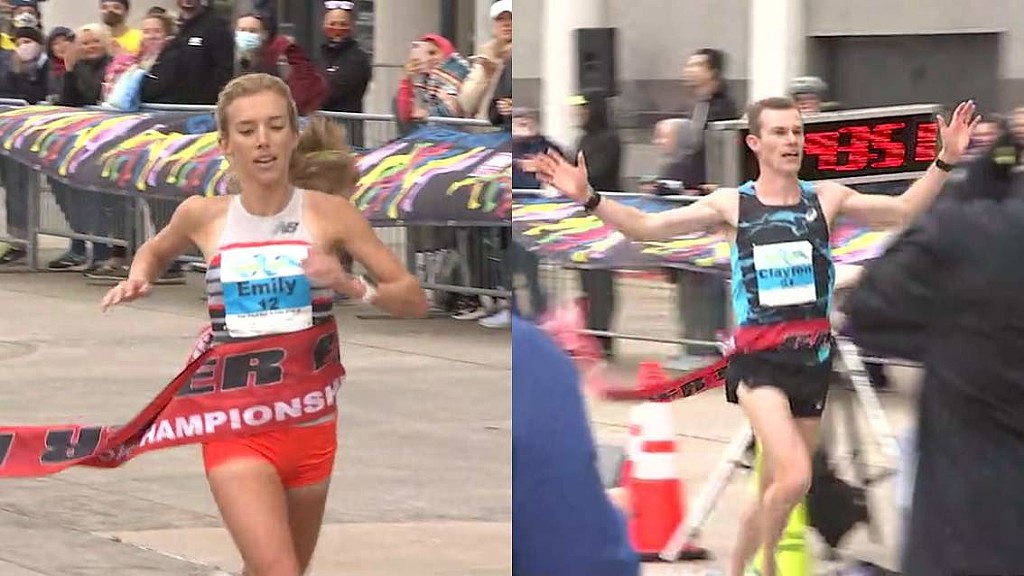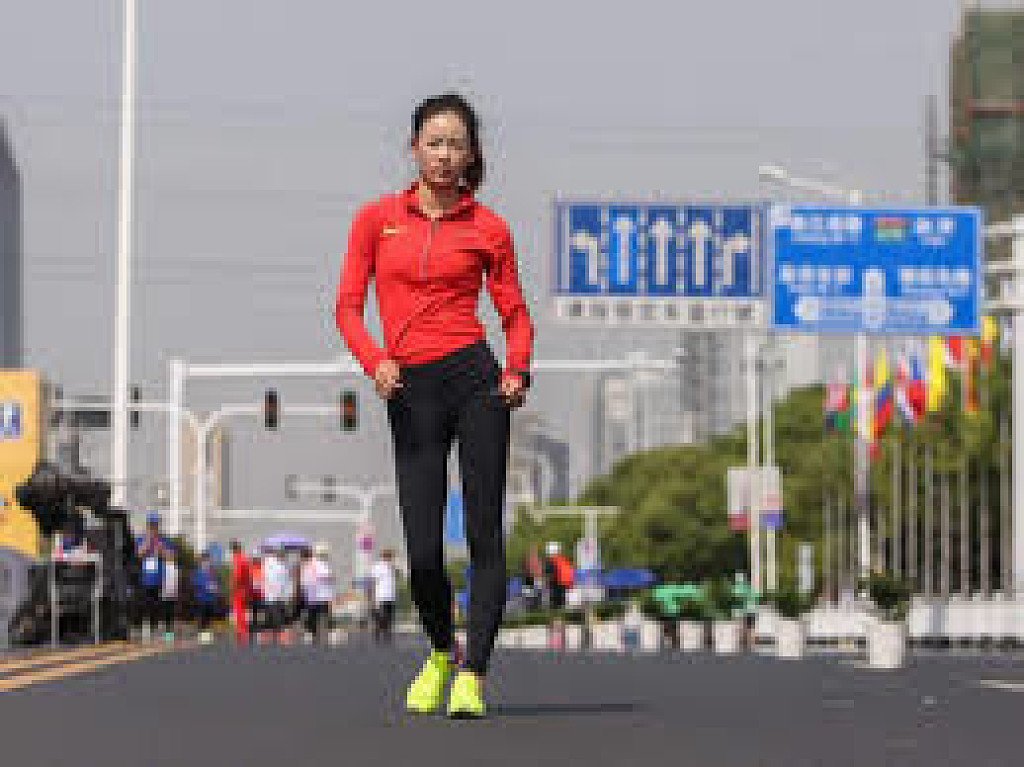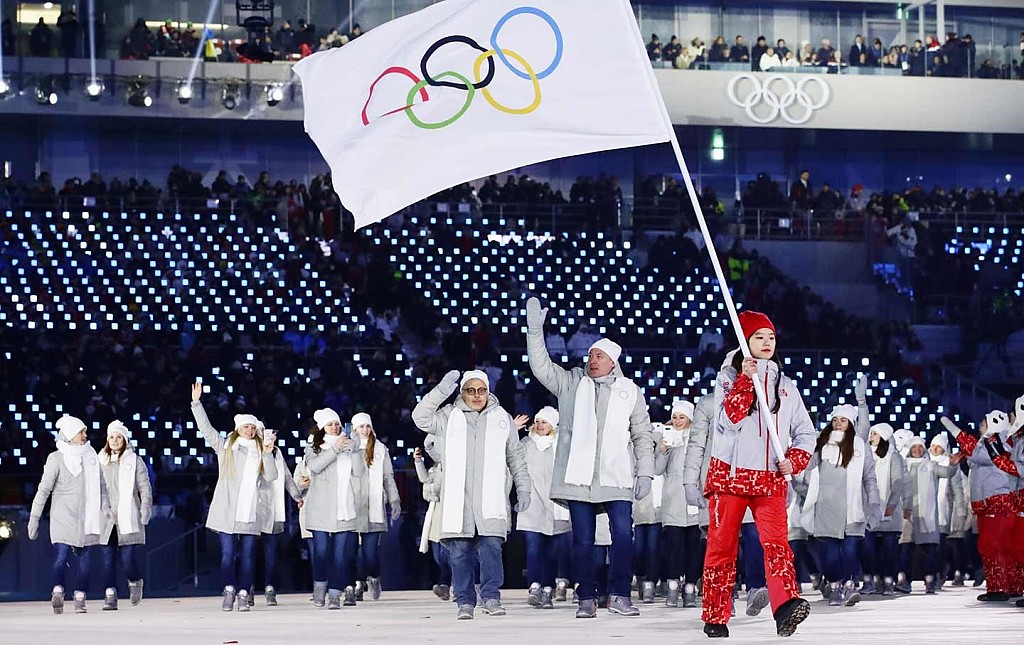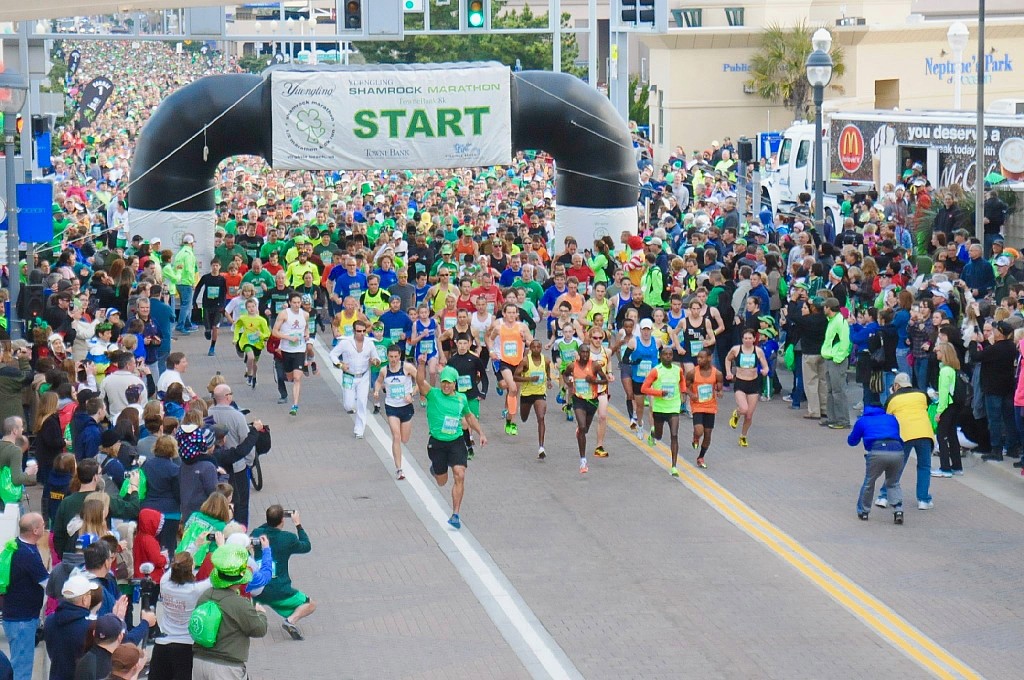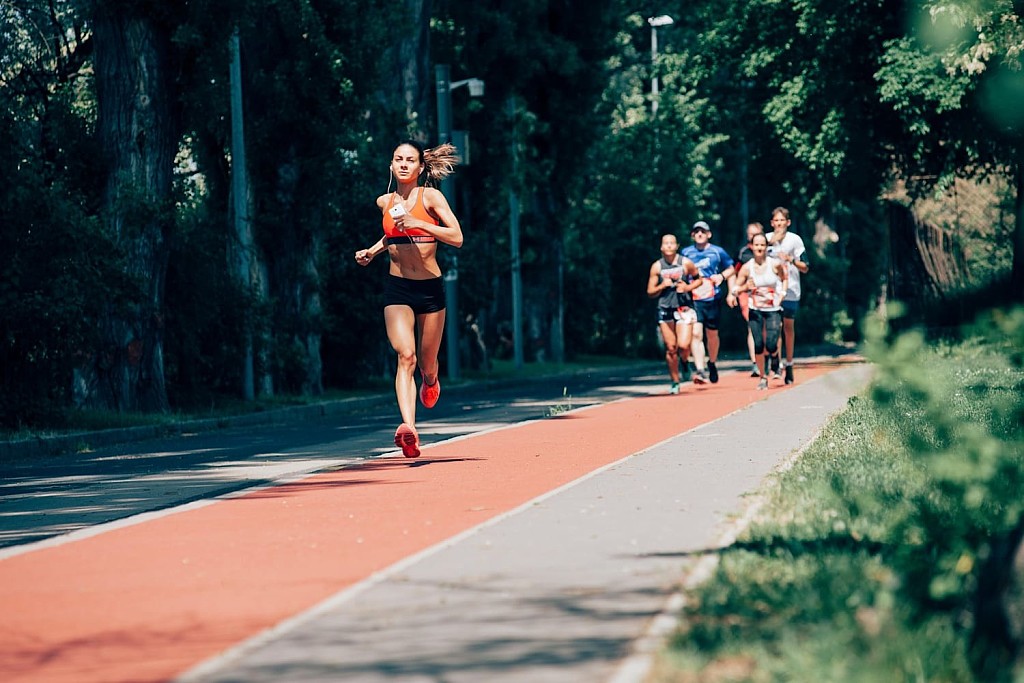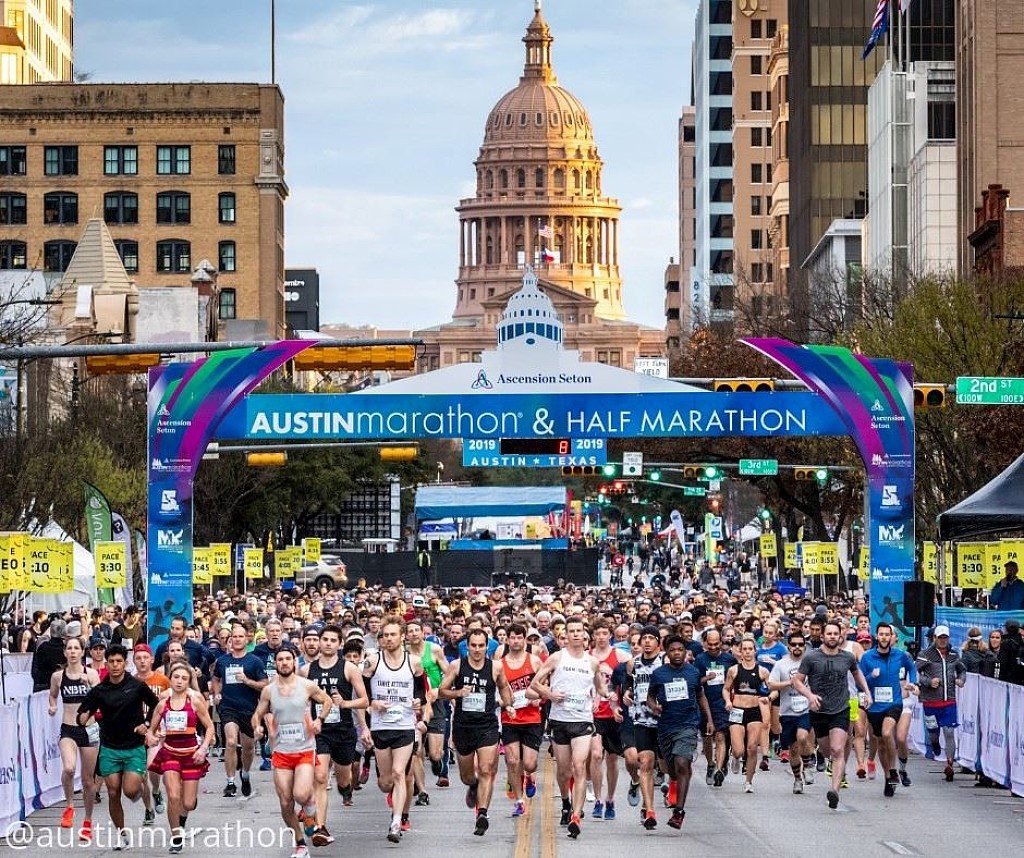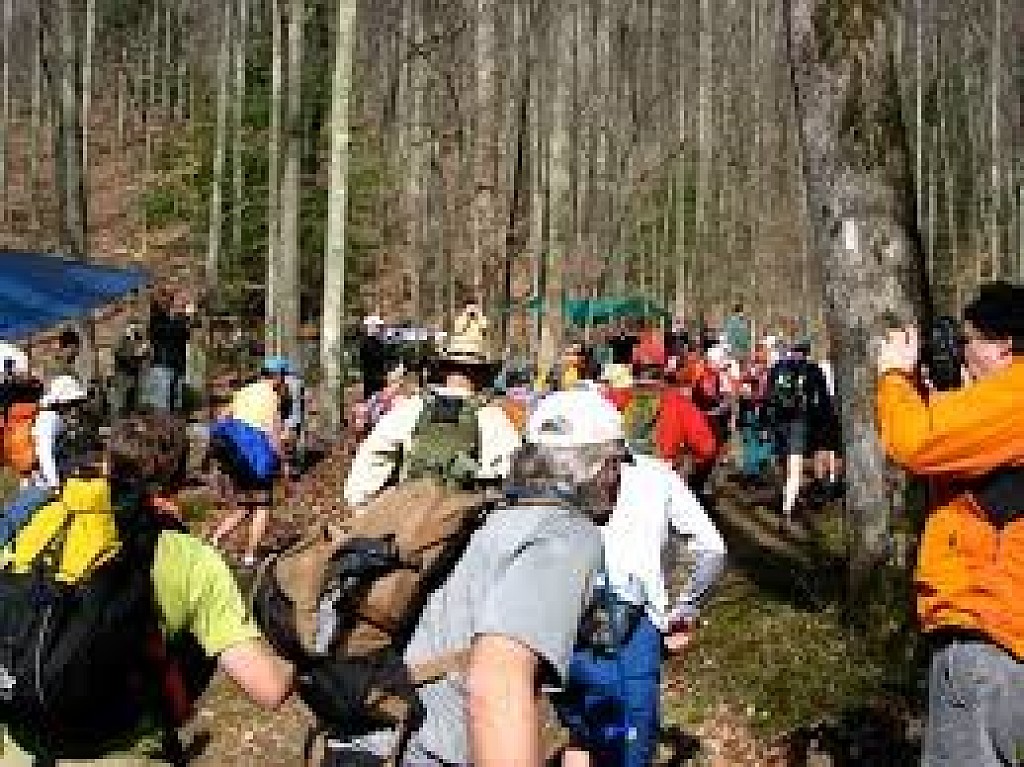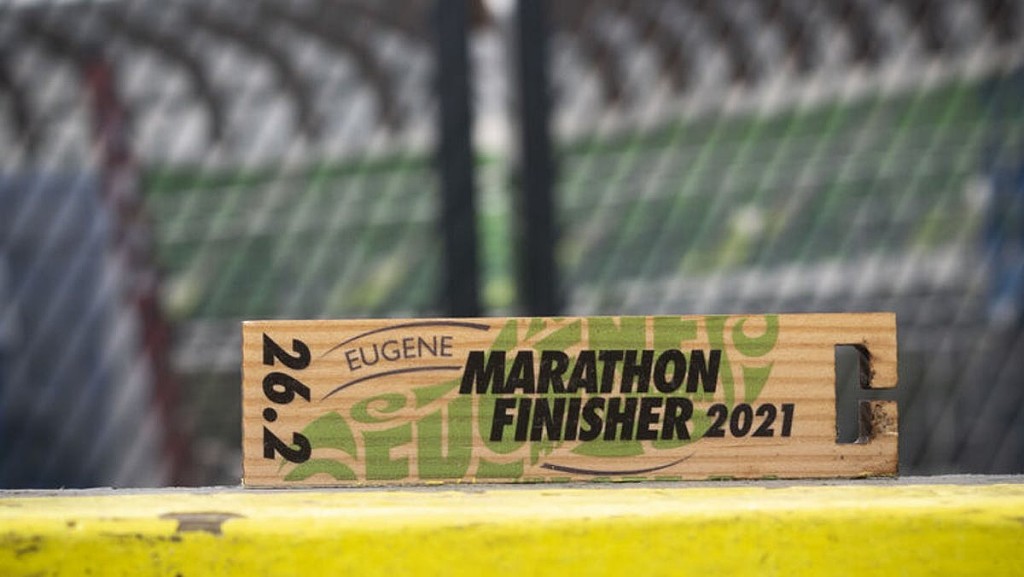Running News Daily
Top Ten Stories of the Week
3/27/2021
These are the top ten stories based on views over the last week.
Emily Sisson and Clayton Young winners at Gate River Run
Emily Sisson started fast and never looked back.
On a blustery, windy Saturday morning in Jacksonville, Sisson turned in a dominant effort to win the 44th Gate River Run in dominant fashion.
Sisson, a professional runner who competes for New Balance, was superb in her first 15K. She built a lead not long into the Gate and stretched it throughout. Clayton Young, the men’s winner, didn’t have nearly the buffer as Sisson. He overcame a bunched pack in the final mile and won by two seconds in 43 minutes, 52 seconds.

Sisson finished in 48:09, nearly a minute in front of Lindsay Flanagan. It was the fifth-fastest women’s time in the race history.
Sisson was coming off of a personal-best 14:55.82 in the 5K at the Sound Running Invite earlier this month in Los Angeles, but a 15K was not a distance in her wheelhouse.

“I wanted to run pretty aggressively from the start. With the win, that was kind of an unexpected element so I had to run a bit off field,” Sisson. “It was such an amazing field. They did a great job putting this on. I had a great time.”
Sisson’s win earned her $10,000, and she picked up an extra $5,000 for being the first person across the finish line with the five-minute equalizer bonus.
“The only part I found really tricky was the last bridge at the end,” I was going up into the wind on it and I felt like I was nearly walking,” Sisson said. “Then we had the downhill to the finish so that was nice.”
John Raneri led at the 5K split, but that 18-second margin dissipated by the time the Hart Bridge. Young, in a pack of runners at the Green Monster, slowly began chipping away inside that final mile and a half. A newcomer to the race, Young said that he didn’t know when to start his final kick until he saw the finish line not far in the distance.
Young pulled away in the final mile and turned in a 43:52. He was two seconds in front of Abbabiya Simbassa (43:54). The top 11 men’s finishers were stacked together and separated by just 23 seconds. The race’s 2019 winner, Shadrack Kipchirchir was third in 43:55. Last year’s winner, Frank Lara finished seventh in 44:02.
“They don’t call it the Green Monster for nothing. I was surprised there was such a pack at the top of that gigantic overpass,” Young said. “I hadn’t done this last mile before so I didn’t know when to make my move but I saw the finish line and I was like, now or never, and so I made my move and just didn’t look back.”
(03/20/21) Views: 95Justin Barney
2021 Tokyo Marathon plans to go ahead in October with reduced field of 25,000
The organizers of the Tokyo Marathon held a special board meeting Mar. 19 to discuss plans for staging this year's race on Oct. 17. As a measure to combat the spread of the coronavirus, the decision was made to reduce the field size from 38,000 to 25,000 participants. The race's slogan will be "The Day When Tokyo Once Again Becomes One." Entries will be open Mar. 22 to 31.
Rough guidelines were also established for the process by which the final decision on whether the race can go ahead will be made. If a state of emergency is declared within a month prior to the marathon, it will be cancelled at that time. "Holding a safe and secure event is our number one priority," commented an official. International entries will be accepted.

Because the 2020 edition of the race was held with only elite athletes, mass-participation runners were given the option of transferring their entries to either the 2021 or 2022 editions. Roughly 7,000 people opted to run 2021, meaning about 18,000 further entries will be accepted. Part of the course will be changed, and there will also be an uncertified 10.7 km run.

This year's Tokyo Marathon was originally scheduled for Mar. 7, but amid the ongoing coronavirus crisis organizers decided last October to postpone it., prioritizing holding it close to its usual capacity over holding it on-schedule with a drastically reduced field again.
Because Tokyo was rescheduled for October when elite marathons are scheduled to take place around the world and Japanese athletes are in the middle of ekiden season, it is expected that there will be problems with attracting elite athletes from abroad and within Japan. Race director Tadaaki Hayano commented, "With the Paris Olympics on the horizon I hope that young athletes and newcomers will come into sight." With Kengo Suzuki (Fujitsu) having set a new men's national record at the Lake Biwa Marathon last month at age 25, hopes are high for a race where the next generation will shine.
(03/19/21) Views: 92Brett Larner
Yang smashes world 20km race walk record with 1:23:49
Yang Jiayu chopped 49 seconds off the world record to win the 20km race walk in 1:23:49* at the Chinese Race Walking Championships in Huangshan on Saturday (20).
The 2017 world champion made a break in the first kilometre and passed through 5km in 20:55. She reached half way in 41:52 with a comfortable lead over world and Olympic champion Liu Hong and then gradually increased her pace in the second half.
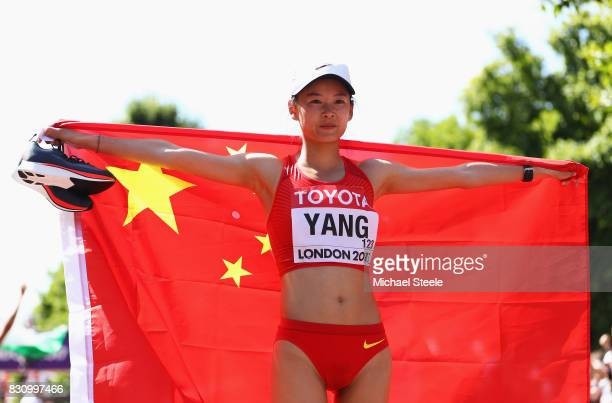
After going through 15km in 1:02:44, she covered the final five kilometres in 21:09 to cross the line in 1:23:49, finishing 38 seconds ahead of Liu.
Liu's 1:24:27 runner-up clocking was also inside the previous world record of 1:24:38, set by Liu in La Coruna in 2015.
“My goal for the race was to break the world record,” Yang told Xinhua. “I walked in a very fast pace at the early stages. Then my coach told me to slow down a little bit and stay in a relatively comfortable pace. The last three kilometres was the most difficult part which was a challenge for my body.”
World silver medallist Qieyang Shenjie was third in a PB of 1:24:45, securing her spot on China’s Olympic team as the race served as a trial event for the Tokyo Games.
It’s the first 20km race in which more than one woman has finished inside 1:25:00. In a race of exceptional depth, 2015 world silver medallist Lu Xiuzhi finished fourth in 1:25:51 and world bronze medallist Yang Liujing was fifth in 1:25:59. The first 10 athletes finished inside the Olympic qualifying standard of 1:31:00.
On a landmark day for Chinese race walking, Asian Games champion Wang Kaihua won the men’s 20km event in a national record of 1:16:54, a performance that moves the 27-year-old to third on the world all-time list, just 18 seconds shy of the world record.
Olympic silver medallist Cai Zelin finished just ahead of Zhang Jun to take second place, both men recording 1:17:39 to move to equal third on the Chinese all-time list. 21-year-old Cui Lihong just missed out on a top-three spot but was rewarded with a big PB of 1:17:52 to become the eighth-fastest Chinese man in history. It’s just the second time in history in which four men have finished inside 1:18 in a 20km race.
(03/21/21) Views: 86World Athletics
A maximum of 10 Russian track and field athletes will be able to compete at this summer’s Tokyo Olympics
Ten Russians to compete in Tokyo Olympic as World Athletics restored its Authorised Neutral Athlete (ANA) scheme after a council meeting.
The council has decided to allow ANAs “to start competing again, subject to a cap of 10 for the Olympic Games”, said Rune Andersen, chair of the Russian Taskforce overseeing the country’s reinstatement efforts.
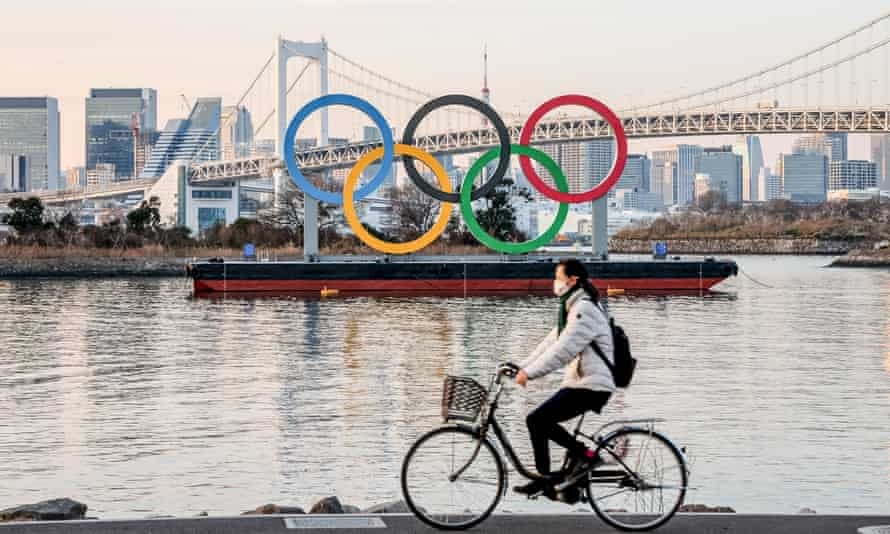
The ANA scheme allows Russian competitors who meet strict anti-doping criteria to participate in global track and field events, but under a neutral flag and in neutral clothing.

World Athletics temporarily suspended the ANA scheme in November 2019 as part of the suspension of the Russian athletics federation (RusAF) reinstatement process following charges by the track doping watchdog Athletics Integrity Unit (AIU) that RusAF helped cover up missed tests by Russian high jumper Danil Lysenko.
That decision meant that there were no Russian athletes at this month’s European indoor championships in Torun, Poland.
There had been 29 Russians competing as ANAs at the Doha world champs in September/October 2019, winning two golds, three silvers and one bronze medal.
(03/20/21) Views: 732021 Shamrock Marathon was a success but with most runners participating virtually
For the last 48 years, there’s been a sea of green at the Virginia Beach Oceanfront as the Shamrock Marathon took place. The 2020 race was cancelled because of the coronavirus pandemic. This year, it was back, but for most runners, in a virtual sense.
“It’s still hurting. We’ve got a long climb up, but we feel this is the start and through the support from all the runners, we’ll get through it,” said J&A Racing co-owner, Jerry Frostick.

This year, almost 4,000 people ran “virtually” on their own and about 2,400 chose to run a J&A course at the Oceanfront.It was a scene that Frostick says was emotional.

“It’s unbelievable. I think what we were hoping to get was the positivity and momentum that — if we keep behaving, and doing what we’re supposed to be doing, and the vaccines are coming out — then, we’re coming back. I don’t mean just J&A and the Shamrock Marathon, but us as a community,” said Frostick.
The runners, were all smiles, like one family who missed the event and has been a part of it since 2018.Runners Steve and Rebecca Vennettilli say they participate every year, and even the kids run. They say it’s been a long time coming, but now there’s a light and the end of the tunnel.
“When it was cancelled last year, we thought that was it. And now, actually looking back, we can get through it. We can get back to this point,” said Steve Vennettilli.
(03/22/21) Views: 73Aesia Toliver
How to increase your running stamina
Whether you’re an elite marathon runner or starting week 3 of a 5K program, running further and faster are two common training goals for people of all fitness levels.
While there’s no hard and fast rule or “one best way” to boost running stamina, there are some general guidelines you can follow that will help you perform better while staying injury-free.
How to increase stamina
To increase your stamina, you need to have a working definition of what it is. The easiest way to understand stamina in relationship to running, according to Steve Stonehouse, NASM-CPT, USATF certified coach, director of education for STRIDE, is to think of it as your body’s ability to sustain effort for a long period of time.
In general
1. Start slow and tackle small steps
Even if you feel ready to bump up your distance or speed, it’s a smart idea to go slow and aim to make incremental gains in your training program. This is especially true if you’re new to a regular running schedule.

If you’ve been averaging 4-mile runs, don’t bump it up to 7 miles. To avoid injury and burnout, go up in small steps, such as increasing by 1 mile each week.
“Progress should be over many weeks, allowing time for recovery, but getting harder and harder,” Harrison explains.
2. Add strength training
If you’re not already doing resistance training workouts, then you need to add them to your running program.
Performing strength training exercises at least 2 to 3 days a week can help improve running economy, according to a review of literature from the National Strength and Conditioning Association.
3. Commit to training

You have to be consistent with your training to increase running stamina.
“Training needs to progress from less total training and less intense training to more total training volume and more intense sessions,” says Harrison.
If your running workouts don’t progress in volume or intensity over the course of months, there will be no progression.
4. Alter rest times and intervals
Other than simply increasing the number of miles you run each week, Stonehouse says he likes to limit recovery time between intervals, while also increasing the intensity of the running intervals. Both are great steps toward building stamina.
However, he does point out that the recovery period both during the workout and after is critical, especially when it comes to avoiding injuries.
5. Sprint interval training
Sprint interval training is a type of high-intensity training used in many sports like running to help boost stamina and speed.
In fact, a 2017 studyTrusted Source found that six sessions of sprint interval training improved the running performance, both endurance and anaerobic, in trained runners.
The intervals of work performed are at 100 percent of your effort, or all-out sprints. The rest periods are longer to help with recovery.
6. Train for your distance
The distance or time of the intervals will be relative to the race distance you’re training for, according to Stonehouse.
For example, if you’re training for a marathon, “speed work” may consist of mile repeats. But if the training is for a 1,600-meter or 1-mile race, the speed work may be repeats of 100 meter, 200 meter, or 400 meter distances.
7. Slowly increase weekly mileage
The overall goal for a beginner should be to slowly increase mileage while getting stronger with resistance training. Following a training plan can help beginners build stamina and endurance while reducing the risk of injury.
8. Increase running volume
Running 1,600 meters or 1 mile may not seem too difficult, but if you’re racing against the clock, every second counts. And when you consider that a mile or 1,600 meters is an aerobic event, Harrison says you have to be incredibly fit to run it faster.
The best way to get incredibly fit, he says, is to run lots of miles per week, and progressively increase them over time.
9. Stay hydrated
While hydration may not be a specific training strategy, it does affect your ability to increase stamina.
Since you lack the cooling effect of the air flowing by your body when you run on a treadmill, Harrison recommends using a fan or running in a facility with air conditioning.
“Running in 70-degree temps with no airflow on a treadmill is more like running in 85-degree temps outdoors,” he explains.
That’s why hydration before, during, and after your workouts is so important. For longer sessions, consider consuming carbs and electrolytes while exercising.
(03/23/21) Views: 70HealthLine
Usain Bolt says that, the best thing about his life is being able to give back, as he donates 150 laptops to schools
The Usain Bolt Foundation focuses on children at the basic and primary school level.
IN A bid to help Jamaican youngsters with their education during the pandemic, the greatest sprinter of all time – Usain Bolt – has shown his generosity once more.
The Usain Bolt Foundation has made a donation of 150 laptops to schools in rural Jamaica. Several schools will benefit from this initiative, valued at forty thousand USD (US$40,000).
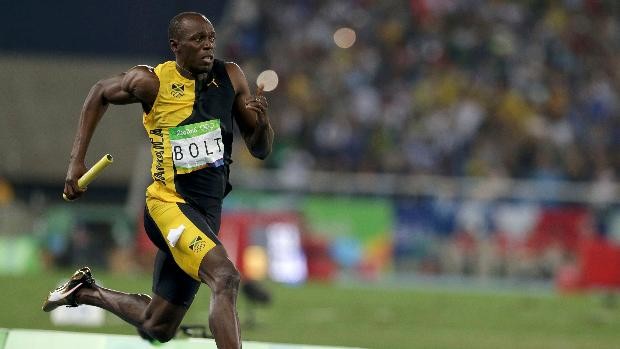
The legend’s official website reports that the eight times Olympic champion said that these initiatives through the Usain Bolt Foundation are pivotal to honour his commitment in ensuring that the children of Jamaica benefit from his hard work.
Bolt said: “The best thing about my life is being able to give back, especially to the children. The current global pandemic has forced many children to do only online classes and highlights the need for technology in schools. We will keep working to provide much needed equipment and support the education of the next generation.”
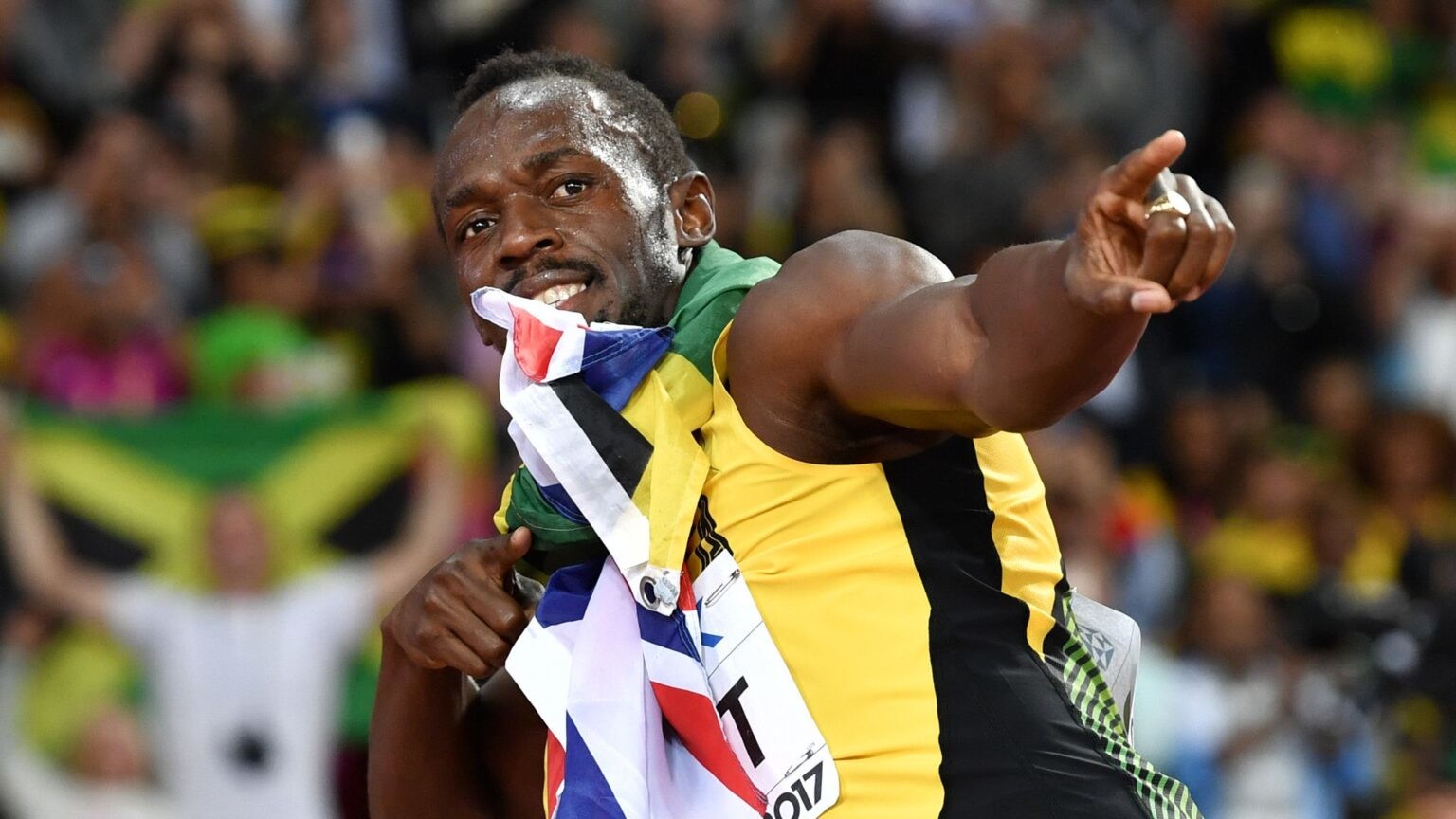
The Usain Bolt Foundation focuses on children at the basic and primary school level. It continues to impact children across the country and that its caring hands will continue to ignite hope and assist, where possible. Last year, the Usain Bolt Foundation donated printers and other supplies to twenty-one (21) Early Childhood Institutions in rural Jamaica and seven schools in his home parish of Trelawny received computers or tablets.
Bolt became a father himself last summer when he and his girlfriend, Kasi J Bennett, welcomed their child. The couple named their baby, Olympia Lightning Bolt, her first and middle name a nod to the sprinter’s career, signature celebration and record-breaking speed.
Just after the new arrival, via a post on Instagram, Bolt, 33, said: “Now we have started a new chapter together with our daughter Olympia Lightning Bolt I look forward to what the future will bring for us but be reassured that I will be the rock for this family.”
Olympia shares her name with the daughter of another Olympic champion. Tennis player Serena Williams and her husband, Alexis Ohanian, officially named their daughter Alexis Olympia but refer to her simply as Olympia.
(03/19/21) Views: 67Rodney Hinds
2021 Austin Marathon's half marathon, 5K races approved as in-person for April
Austin's running scene will get back on track in late April, with the 2021 editions of the Austin Half Marathon and 5K receiving approval from city officials.
Both events were approved through the City of Austin's new special event permitting process. The events, which were originally scheduled for February 14, will now happen on April 25.
Part of the event plan includes a capacity limit for both events, which organizers say is a 53% reduction from years past. 6,500 participants will be able to take part in the half marathon, while 500 will be able to take part in the 5K.

Austin's running scene will get back on track in late April, with the 2021 editions of the Austin Half Marathon and 5K receiving approval from city officials.
Both events were approved through the City of Austin's new special event permitting process. The events, which were originally scheduled for February 14, will now happen on April 25.
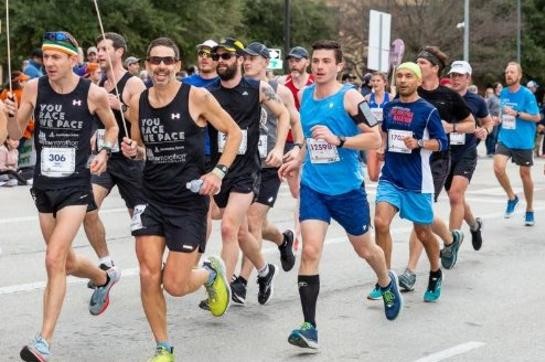
Part of the event plan includes a capacity limit for both events, which organizers say is a 53% reduction from years past. 6,500 participants will be able to take part in the half marathon, while 500 will be able to take part in the 5K.
"The 2021 Austin Half Marathon, an event that represents Austin’s commitment to health, has also shown a commitment to COVID-19 safety," said Don Hastings, Austin Public Health Assistant Director for Environmental Services. "The Austin Marathon team has worked creatively over several months to re-invent this signature event in a way that emphasizes the health and safety of its participants and our community."
In addition to the capacity limitations, the event plan calls for a number of other COVID-19 mitigation practices, including reducing the density of runners at the starting line and along the course, enhanced sanitation protocols, an elimination of mass gathering activities, and discouraging spectators from attending.
More details on the 2021 events are available online.
(03/22/21) Views: 67
Kasey Johns
No winners in 2021 Barkley Marathons
Only 15 people have finished the Barkley in the past 35 years.
Officials said the Barkley Marathons were over at around 4:30 p.m. on Friday. They said that there were no winners.
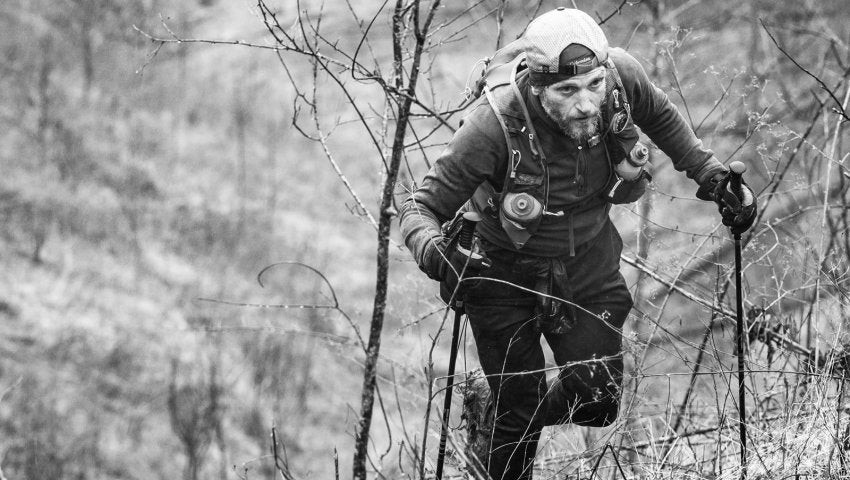
Keith Dunn said that runners dropped out as temperatures were expected to drop overnight.
A single marathon usually goes for around 26 miles, but not the Barkley Marathons. It takes participants through a 100-mile unmarked, off-trail course through Frozen Head State Park instead.
On Thursday, runners took off and started the event. The marathons have fans all around the world, but only 15 people have finished it in the past 35 years. There were no finishers in the 2020 marathons after the COVID-19 pandemic closed Tennessee State Parks, effectively canceling the race.
Runners have 60 hours to finish the 100-mile race. There is no online registration and participants must figure out how to apply through word-of-mouth.
"After a bride memorial for the members of the Barkley family who no longer are with us, the cigarette was lit at 3:04 a.m.," said Keith Dunn, an official with the race.
They must also find books on the course and tear out the page corresponding with their race number to prove they ran a full loop. They are given a new race number for each loop.
Officials said that the Morgan County Cattleman's Association provides food for participants to purchase through the race, and the Morgan County Tourism Alliance offers field guides for runners. They are designed by locals and explain fauna and flora in the area.
Runners are also issued a standard watch set to the race time, and no other watches are allowed. This year's watch was an analog pocketwatch.
Dunn also said that one person dropped out of the race five and a half hours into the race. He also said that this year's marathons feature more newcomers than veterans, because of travel restrictions.
A documentary was also made about the race in 2014 — The Barkley Marathons: The Race That Eats Its Young.
(03/20/21) Views: 64Eugene Marathon Is Offering Medals Made of Wood
Organizers of the Eugene Marathon, which typically finishes at Hayward Field, were able to procure some of the old steps from the east grandstand, and those steps are being refashioned into race medals for this year’s virtual marathon and half marathon, scheduled for April 23 through 25. Next year’s event medals will feature the old Hayward wood as well.
Race director Ian Dobson told Runner’s World the organization submitted a proposal to the University of Oregon in order to get his hands on the antique steps. When approved, he then filled his truck and moved the wood to the race’s storage facility. Dobson also had them tested to make sure they didn’t contain any lead paint. (They didn’t.)
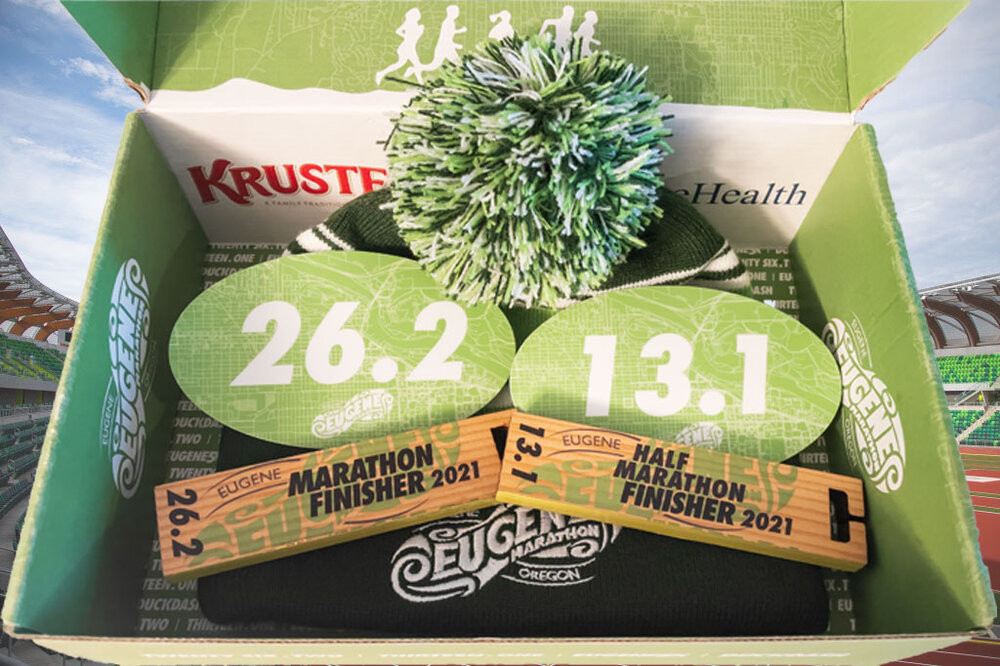
In the past, the race medals had come from overseas, which is the industry standard. For this, the race’s staff selected a local designer for processing and fabricating. “For the whole project, we were able to keep everything local,” Dobson said.
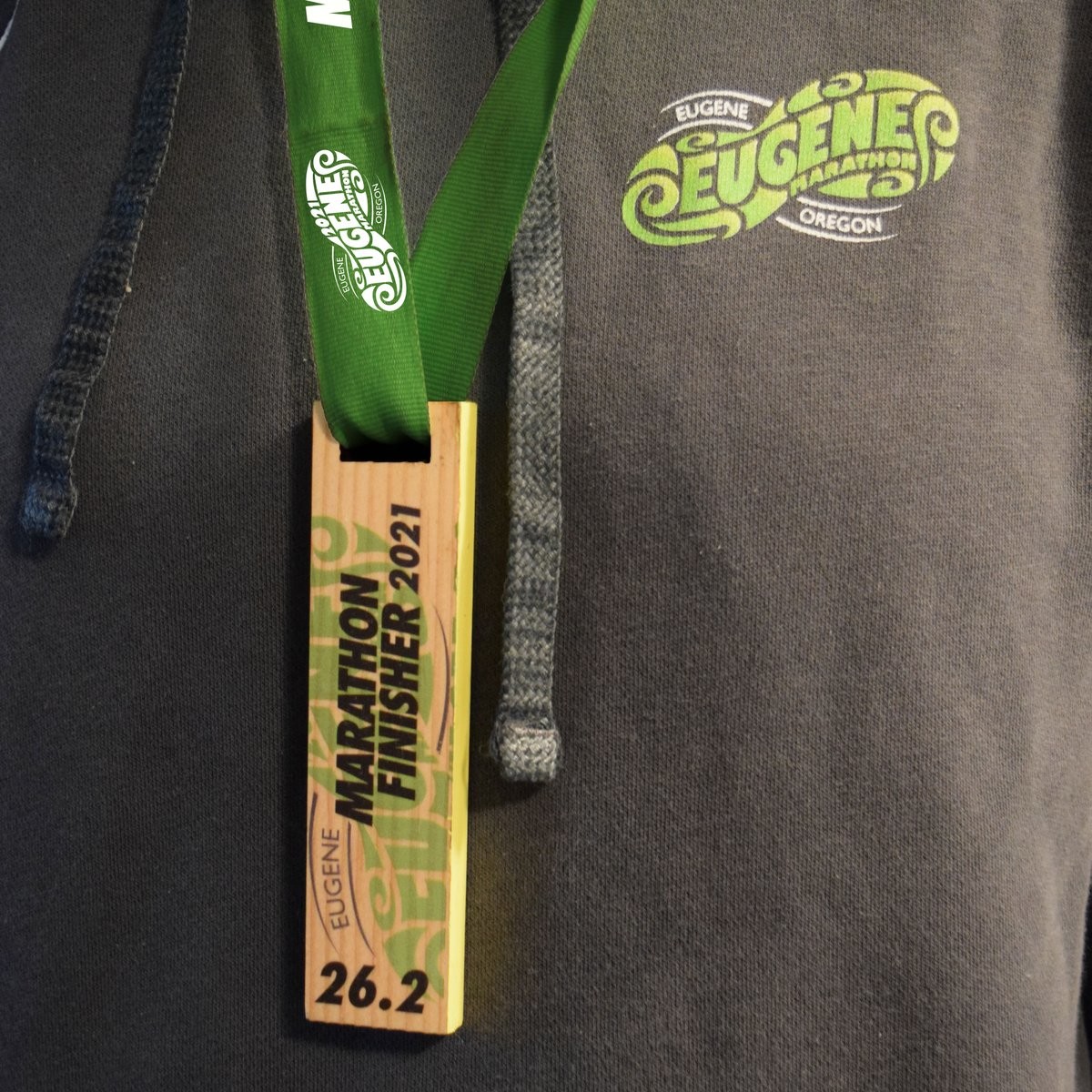
The medals are being made from the interior wood of the grandstand; they might look new, because that section of wood was unweathered by nearly a century of rain, wind, and snow. To maintain a connection to their historic past, the medals will be cut in the same proportion as the former Hayward Field steps.
Additionally, the unusual medals are driving participation for this year’s race, which will be virtual—for the second year in a row—in response to the COVID-19 pandemic. Dobson said fewer than 100 spots remain for the marathon ($75) and about 500 spots remain for the half marathon ($60).
Race packets—including shirts, numbers, and medals—will go out before the race to everyone who signs up. So technically, there’s nothing stopping memorabilia collectors from registering in order to get the medal, even if they have no intention of doing the race.
Dobson’s not worried, though. “We trust the running community,” he said.
(03/23/21) Views: 64Runner´s World


